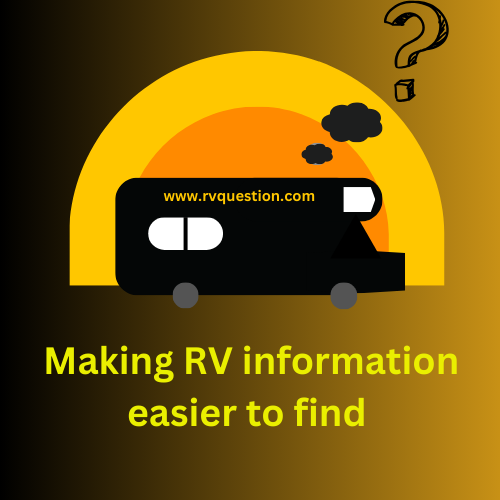As summer draws to a close, it’s time for seasonal campers to start thinking about winterizing their RVs for storage. In this article, we’ll cover the essential steps for winterizing your RV, along with some helpful tips to ensure your vehicle is well-protected during the cold months ahead.
Why Is Winterizing Your RV Important?
Winterizing your RV is crucial to prevent damage caused by freezing temperatures and long periods of inactivity. Proper winterization ensures that when you reopen your RV in the spring, you’ll find functional systems—working batteries, an intact plumbing system, operational jacks, healthy tires, a dry roof, and more—ready for your next adventure.
Winterizing Your Plumbing System
One of the most important aspects of RV winterization is protecting your plumbing system from freezing. Frozen water can cause extensive damage to pipes and tanks. To get started, you’ll need three key tools: an air compressor, RV antifreeze, and an RV Blowout Regulator (picture below).
Empty the Tanks: Begin by draining your fresh water tank, hot water heater, grey water tank, and black water tank. Leave the grey tank valve open but keep the low-point drains (typically located underneath your RV) closed until the end. If you have a tankless (on-demand) water heater, simply turn it off; otherwise, bypass the water heater if it’s a standard tank model.
- Blow Out the Water Lines: Attach the RV blowout adapter to your air compressor and connect it to the city water inlet. Keep the air valve closed for now. It’s crucial to avoid pushing air into the system without opening a faucet. Start by opening one faucet inside the RV, then go outside and open the air valve. Adjust the air pressure to 10–20 PSI to avoid damaging your plumbing. Open each faucet, one at a time, while keeping one open at all times to ensure air flows through the system. You’ll know the lines are clear when you feel only air coming from the faucet. You will also want to blow out water out of the water pump by attaching the RV blowout adapter to the winterize hookup and turning on the pump. It’s important to follow the same steps of only adjusting the air pressure to 10 – 20 PSI and opening faucets inside the trailer. Lastly, you’ll want to hook up the blowout adapter to the black tank flush hook and follow the same steps, you shouldn’t have to worry about opening your black tank drain because it is already vented.
- Drain the Low-Point Drains: After blowing out the plumbing system, open the low-point drains. These are the last areas where water can accumulate in your RV’s plumbing. You’ll also want to remember to blow out the low points drains for ice makers or dishwashers if your trailer has these features.
- Add Antifreeze: Finally, pour RV antifreeze down the sink, shower, toilet, and any other drains in your RV to prevent them from freezing and cracking.
Battery Maintenance
Dealing with dead batteries when reopening your RV can be frustrating, but there are ways to prevent it:
- For 12-volt Marine/RV batteries, remove them and keep them on a trickle charger throughout the winter. This will maintain a full charge without overcharging and damaging the batteries.
- For lithium-ion batteries, remove them from the RV and store them in a climate-controlled environment, above 32°F, if the RV is not in use.
- Don’t forget to check smaller batteries in items like smoke alarms and remotes—store or replace them as necessary.
Landing Gear
When storing your RV, it’s important to keep your landing gear (such as stabilizer or hydraulic jacks) in the raised position. If your jacks are left down, uneven tire pressure due to air loss could cause damage. Lubricate the jacks before and after storage, periodically lowering and raising them to ensure they remain functional. For fifth-wheel trailers with hydraulic jacks, pay extra attention to the front jacks.
Protecting Your Tires
Tire covers are an excellent way to protect your RV’s tires during winter, especially if it’s being stored outdoors. Covers shield the tires from harmful UV rays, which can cause dry rot and cracks, extending the life of your tires.
Interior Protection
To maintain the condition of your RV’s interior during storage, follow these best practices:
- Close and lock all windows, and lower the blinds to block UV rays from entering.
- Crack open cabinet doors to promote air circulation and prevent moisture buildup.
- Hang moisture absorbers, like Rid Damp, throughout the RV to reduce humidity and prevent mold.
Slide-Outs
Lastly, if your RV has slide-outs, it’s generally best to retract them before storage. This prevents snow, leaves, or debris from accumulating on top of the slides, which can add weight and strain the seals over time. Checking the seals around the slides is also good practice too. Your seal should have no holes or cracks and should be tight between the slide and the RV wall.

